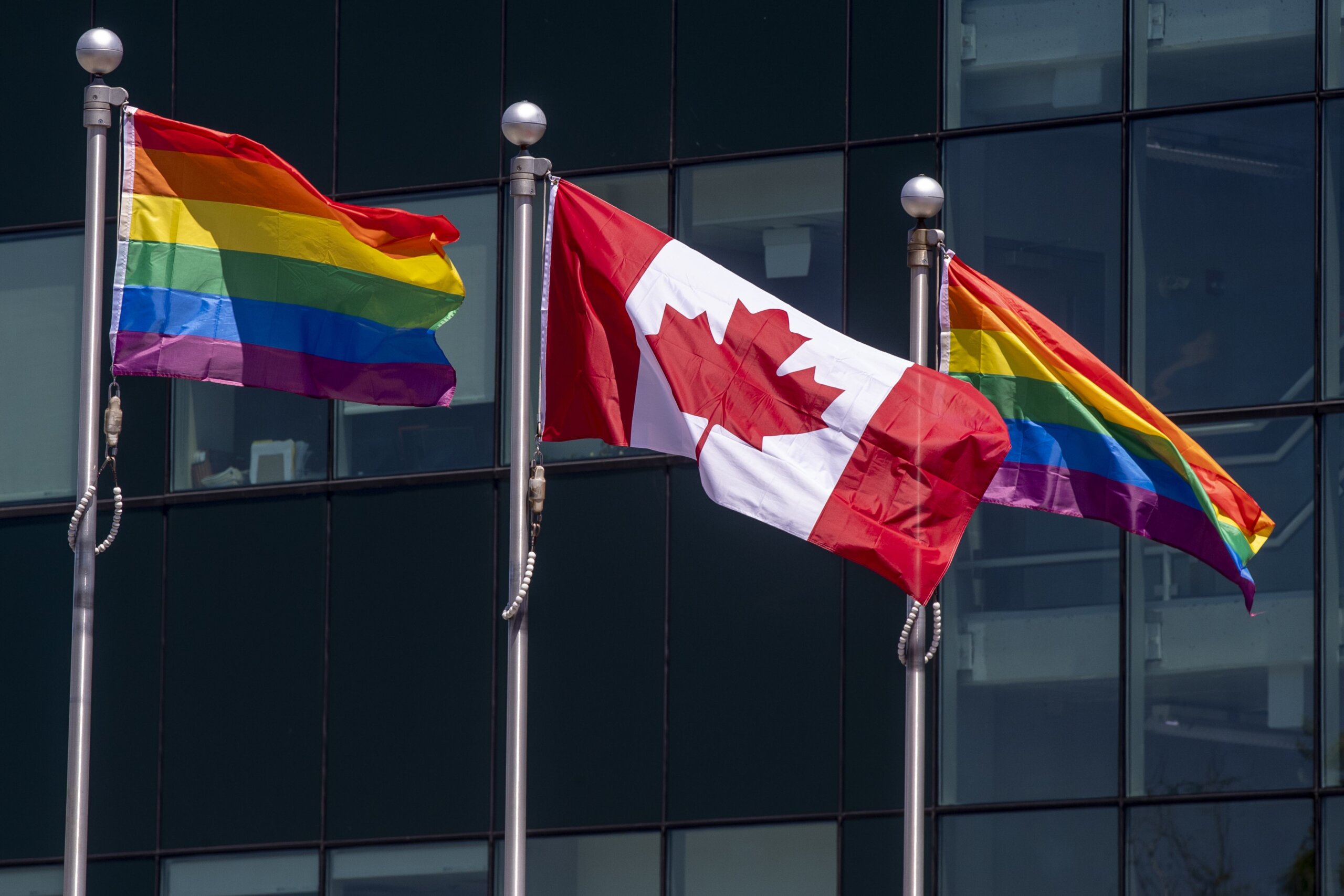Canada is suuuuuuper gay.
That’s according to Statistics Canada, which released a new wave of data on the country’s LGBTQ2S+ population last week. Bringing together a series of datasets from various censuses and surveys, the new report shows that more Canadians than ever before are identifying as a member of the LGBTQ2S+ community.
As of 2018, more than 1 million Canadians over the age of 15 identify as LGBTQ2S+, working out to about four percent of the total population. On the LGB side of that, about one in four identify as gay men and one in seven identify as gay or lesbian women. And bisexual women outnumber bisexual men by about two to one.
Almost one-third of Canada’s LGBTQ2S+ population is under the age of 25.
Same-sex couples are also on the rise in the country. In the decade between 2006 to 2016, the number of same-sex couples in Canada increased by 60.7 percent. By comparison, the number of opposite sex couples increased by 9.6 percent during the same period. Of those same-sex couples, more are married than ever before.
As for trans and non-binary people, about 75,000 people or 0.24 percent of the Canadian population over the age of 15 identify as trans or non-binary as of 2018.
In the report, Statistics Canada admitted that data on trans and non-binary people in the country is incomplete. While they’ve collected data on LGB folks and partnerships since 2003, recording the demographics of Canada’s trans population is relatively new.
However, when the results of the 2021 census are released, we can expect a lot more information about how many people in Canada are trans. That’s because for the first time, the census included questions relating to gender identity and transition (though its methods left some things to be desired).
Still, Statistics Canada says they plan to use the census data to further explore the makeup of Canadian families.
“With the introduction of gender in the 2021 Census, Statistics Canada will be able to identify, for the first time, trans or non-binary-gender couples, which will allow us to provide a more complete picture of the growing diversity of Canadian families,” the report reads.
Not all sunny news
While the news that Canada is super queer is great, the report also touched on some of the harsh realities LGBTQ2S+ people in the country face, particularly in the wake of the COVID-19 pandemic.
Youth under 25 were disproportionately affected by job losses during the pandemic, and since a greater proportion of the LGBTQ2S+ community falls in that age group, that means queer people were, too.
Similarly, LGBTQ2S+ people are statistically shown to have fewer resources or finances to fall back on in a time of crisis like the pandemic. In 2018, one-third of LGBTQ2S+ Canadians found it “difficult or very difficult” to meet their needs in terms of transportation, housing, food, clothing, participation in some social activities and other necessary expenses compared with just over one quarter of non-LGBTQ2S+ Canadians, according to Statistics Canada.
Hate crimes, discrimination and mental health issues continue to be a problem, and in some cases are actually on the rise. In 2019, police reported the highest number of hate crimes targeting LGB people in a decade, and in 2018, sexual minority Canadians were twice as likely as heterosexual Canadians to report experiencing inappropriate behaviours in public, online or at work.
There’s still work to be done, but it’s always great to see how the numbers are growing by the day.


 Why you can trust Xtra
Why you can trust Xtra


